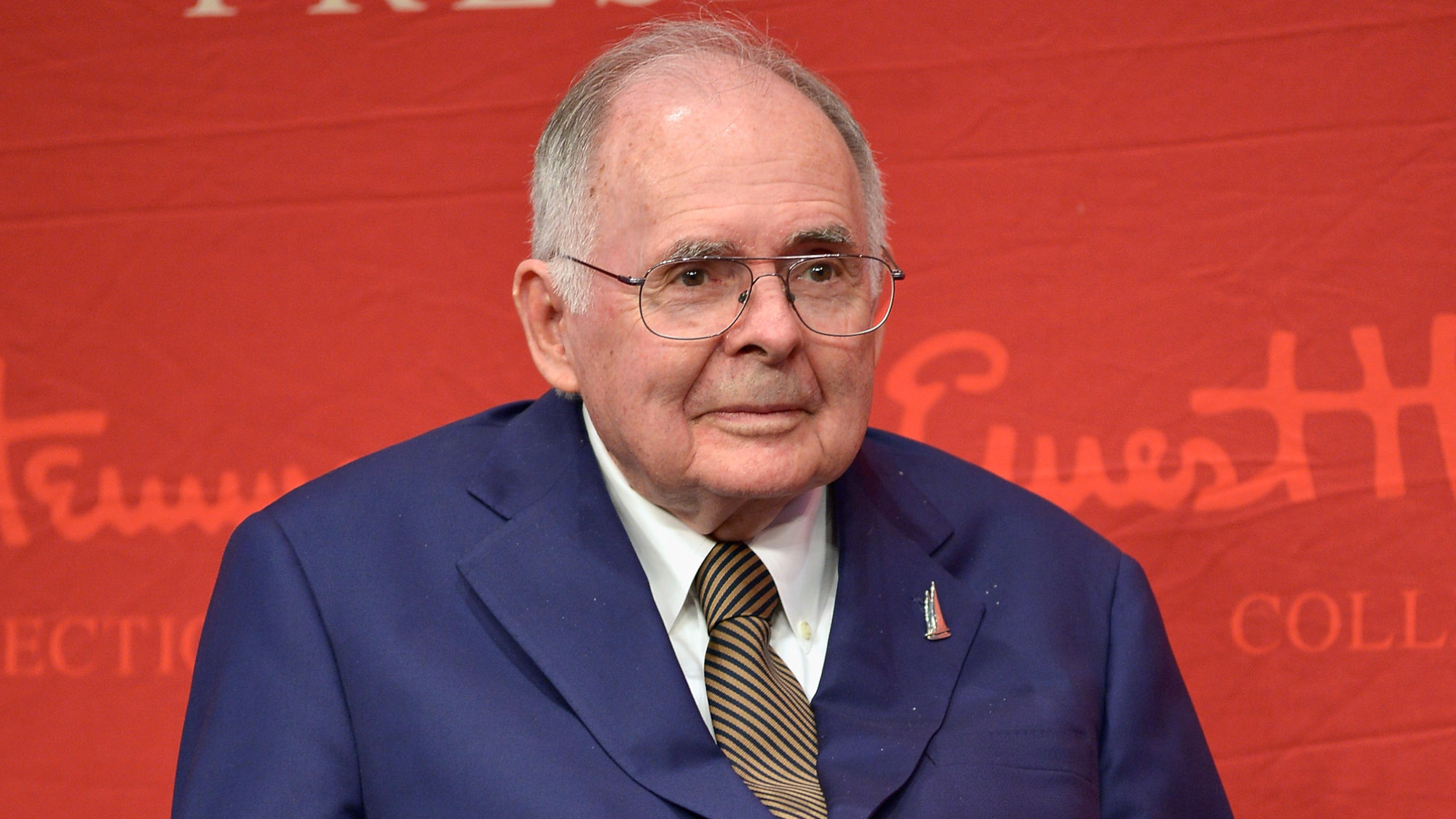Martin Fleischmann, 1927–2012
The chemist who promised an energy miracle
For a brief moment in 1989, Martin Fleischmann could lay claim to one of the greatest discoveries of modern science. He and fellow chemist Stanley Pons told a crowded press conference at the University of Utah that they had induced nuclear fusion, the high-energy process that powers the sun, in a room-temperature jar of water. Once refined, Fleischmann said, their experiment would be worth $300 trillion, winning clean, unlimited energy from seawater and transforming humanity’s fate.
Before long, however, it emerged that no one else could replicate cold fusion, as the process came to be known. “Skepticism turned to hostility,” said The Daily Telegraph (U.K.), and the most compelling question became whether the work was “a delusion, an error, or a fraud.” Fleischmann claimed that the university had railroaded him into seeking publicity rather than peer-reviewed publication for his work, said The Washington Post. He continued his research with private funding, but he later acknowledged, “This has been a terrible experience.”
Born in Czechoslovakia, Fleischmann and his family escaped the Nazis in 1938 and moved to England, said the Los Angeles Times. He studied at Imperial College in London and had a respectable academic career, building an acclaimed chemistry program at the University of Southampton before retiring in 1983 and moving to Utah to work with Pons. Fleischmann never entirely gave up on the prospect of practical energy through fusion. “The New York Times said that you cannot make a heavier-than-air machine fly,” he noted, “the day before the Wright brothers took off.”
The Week
Escape your echo chamber. Get the facts behind the news, plus analysis from multiple perspectives.

Sign up for The Week's Free Newsletters
From our morning news briefing to a weekly Good News Newsletter, get the best of The Week delivered directly to your inbox.
From our morning news briefing to a weekly Good News Newsletter, get the best of The Week delivered directly to your inbox.
A free daily email with the biggest news stories of the day – and the best features from TheWeek.com
-
 The MAGA civil war takes center stage at the Turning Point USA conference
The MAGA civil war takes center stage at the Turning Point USA conferenceIN THE SPOTLIGHT ‘Americafest 2025′ was a who’s who of right-wing heavyweights eager to settle scores and lay claim to the future of MAGA
-
 The 8 best drama movies of 2025
The 8 best drama movies of 2025the week recommends Nuclear war, dictatorship and the summer of 2020 highlight the most important and memorable films of 2025
-
 Why, really, is Trump going after Venezuela?
Why, really, is Trump going after Venezuela?Talking Points It might be oil, rare minerals or Putin
-
 Joanna Trollope: novelist who had a No. 1 bestseller with The Rector’s Wife
Joanna Trollope: novelist who had a No. 1 bestseller with The Rector’s WifeIn the Spotlight Trollope found fame with intelligent novels about the dramas and dilemmas of modern women
-
 Frank Gehry: the architect who made buildings flow like water
Frank Gehry: the architect who made buildings flow like waterFeature The revered building master died at the age of 96
-
 R&B singer D’Angelo
R&B singer D’AngeloFeature A reclusive visionary who transformed the genre
-
 Kiss guitarist Ace Frehley
Kiss guitarist Ace FrehleyFeature The rocker who shot fireworks from his guitar
-
 Robert Redford: the Hollywood icon who founded the Sundance Film Festival
Robert Redford: the Hollywood icon who founded the Sundance Film FestivalFeature Redford’s most lasting influence may have been as the man who ‘invigorated American independent cinema’ through Sundance
-
 Patrick Hemingway: The Hemingway son who tended to his father’s legacy
Patrick Hemingway: The Hemingway son who tended to his father’s legacyFeature He was comfortable in the shadow of his famous father, Ernest Hemingway
-
 Giorgio Armani obituary: designer revolutionised the business of fashion
Giorgio Armani obituary: designer revolutionised the business of fashionIn the Spotlight ‘King Giorgio’ came from humble beginnings to become a titan of the fashion industry and redefine 20th-century clothing
-
 Ozzy Osbourne obituary: heavy metal wildman and lovable reality TV dad
Ozzy Osbourne obituary: heavy metal wildman and lovable reality TV dadIn the Spotlight For Osbourne, metal was 'not the music of hell but rather the music of Earth, not a fantasy but a survival guide'